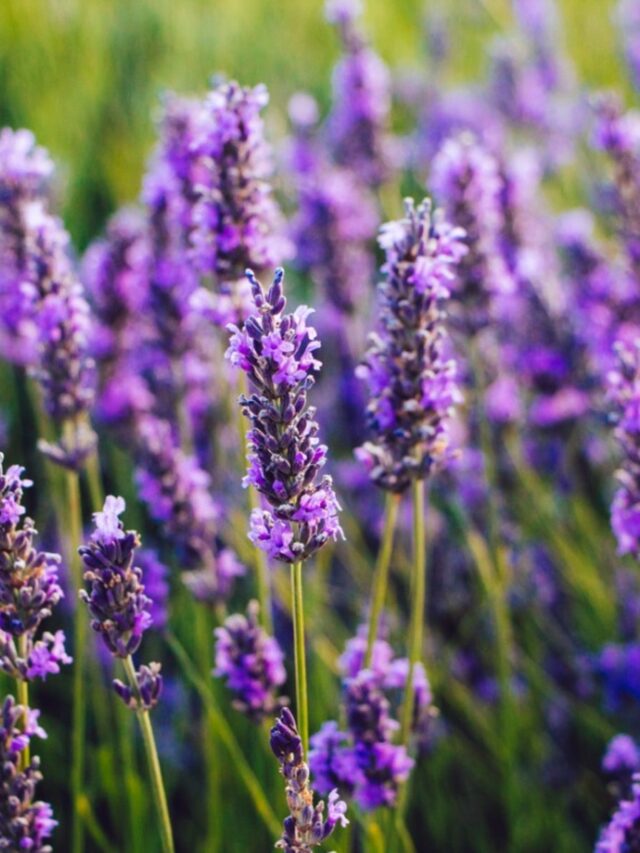Perennial flowers are a fantastic choice for both novice and experienced gardeners.
Unlike annuals, which need to be replanted each year, perennials come back season after season, providing lasting beauty and structure to your garden.
For beginners, selecting easy-to-grow varieties can ensure a rewarding and less stressful gardening experience.
Here are some of the best perennial flowers that are low-maintenance and perfect for those just starting out.
Understanding Perennials

Before diving into specific varieties, it’s helpful to understand what makes a plant a perennial. Perennials are plants that live for more than two years.
They typically bloom in the spring and summer, die back in the fall, and go dormant in the winter.
In the spring, they re-emerge from the same root system.
This cycle means that with a little initial care, you can enjoy their blooms for many years.
Benefits of Perennial Flowers
Longevity: Once established, perennials return each year, reducing the need for annual planting.
Cost-effective: Although the initial investment might be higher, perennials save money over time since they don’t need to be replaced annually.
Low Maintenance: Many perennials require minimal care, especially once they are established.
Environmental Benefits: Perennials often have deeper root systems that help prevent soil erosion and improve soil structure. They also provide consistent habitats for pollinators.
Easy-to-Grow Perennial Varieties
Black-eyed Susan (Rudbeckia hirta)

Black-eyed Susans are a classic choice for beginners.
These cheerful yellow flowers with dark centers are incredibly hardy and can thrive in a variety of soil conditions.
They are drought-tolerant once established and attract butterflies and bees, making them a great addition to any garden focused on supporting local wildlife.
Daylily (Hemerocallis)

Daylilies are renowned for their hardiness and ability to thrive with minimal care.
They come in a wide range of colors and bloom from early summer to fall.
Daylilies prefer well-drained soil and full sun, but they can tolerate partial shade.
They are also quite resistant to pests and diseases.
Hosta (Hosta spp.)

Hostas are a favorite for shady areas of the garden.
These foliage plants offer a variety of leaf colors and textures, from deep green to variegated white and green.
While they do produce flowers, their primary appeal is their lush leaves.
Hostas are easy to grow and require little maintenance, although they do appreciate consistent moisture.
Coneflower (Echinacea)

Coneflowers are another excellent choice for beginners.
These robust perennials are not only beautiful but also beneficial for attracting pollinators like bees and butterflies.
Coneflowers prefer full sun and well-drained soil.
They are drought-tolerant and can thrive in poor soil conditions, making them very forgiving for novice gardeners.
Peony (Paeonia)

Peonies are a beloved perennial that can live for decades with proper care.
They produce large, fragrant blooms in late spring to early summer.
Peonies prefer full sun and well-drained soil.
While they may take a few years to become established and bloom heavily, they are well worth the wait and require minimal maintenance once they are settled.
Lavender (Lavandula)

Lavender is not only beautiful but also aromatic.
This hardy perennial thrives in full sun and well-drained soil.
Lavender is drought-tolerant and deer-resistant, making it an excellent choice for beginner gardeners.
The fragrant flowers can be used in a variety of ways, from fresh cut arrangements to dried sachets.
Sedum (Sedum spp.)
Sedums, or stonecrops, are succulent perennials that are extremely easy to grow.
They come in many shapes and sizes, from low-growing ground covers to tall, upright varieties.
Sedums prefer full sun and well-drained soil.
They are drought-tolerant and require very little maintenance, making them ideal for beginners.
Catmint (Nepeta)

Catmint is a versatile perennial that produces spikes of blue or purple flowers from late spring through summer.
It is incredibly easy to grow and thrives in full sun and well-drained soil.
Catmint is drought-tolerant and attracts pollinators, making it a valuable addition to any garden.
Russian Sage (Perovskia atriplicifolia)

Russian sage is known for its tall, airy spikes of lavender-blue flowers and silvery foliage.
It thrives in full sun and well-drained soil.
This perennial is drought-tolerant and resistant to deer and pests, making it a perfect choice for low-maintenance gardening.
Coreopsis (Coreopsis spp.)

Coreopsis, also known as tickseed, produces bright yellow, pink, or red flowers throughout the summer.
These hardy perennials prefer full sun and well-drained soil.
They are drought-tolerant and attract butterflies, adding both beauty and ecological benefits to your garden.
Tips for Growing Perennials
Soil Preparation: Good soil is the foundation of a healthy garden.
Before planting, improve your soil with compost or organic matter to ensure good drainage and fertility.
Proper Planting: Follow the specific planting instructions for each perennial.
Pay attention to the recommended planting depth and spacing to give each plant enough room to grow.
Watering: Newly planted perennials need regular watering until they are established.
Once established, many perennials are drought-tolerant, but it’s still important to water during prolonged dry periods.
Mulching: Mulch helps retain soil moisture, suppress weeds, and improve soil structure.
Apply a layer of mulch around your perennials, being careful not to cover the plant’s crown.
Deadheading: Removing spent flowers can encourage more blooms and keep your garden looking tidy.
Some perennials, like daylilies and coneflowers, benefit from deadheading.
Dividing: Many perennials benefit from being divided every few years.
This process helps rejuvenate the plant and can provide you with new plants to expand your garden or share with friends.
Conclusion
Starting a garden with easy-to-grow perennial flowers can be a gratifying experience for beginners.
These hardy plants offer long-lasting beauty with minimal maintenance, making them perfect for those new to gardening.
By choosing the right varieties and following some basic gardening tips, you can create a stunning perennial garden that will thrive for years to come.
Whether you’re looking to attract pollinators, add vibrant colors, or simply enjoy the process of gardening, perennials are a fantastic choice to get you started on your horticultural journey.






